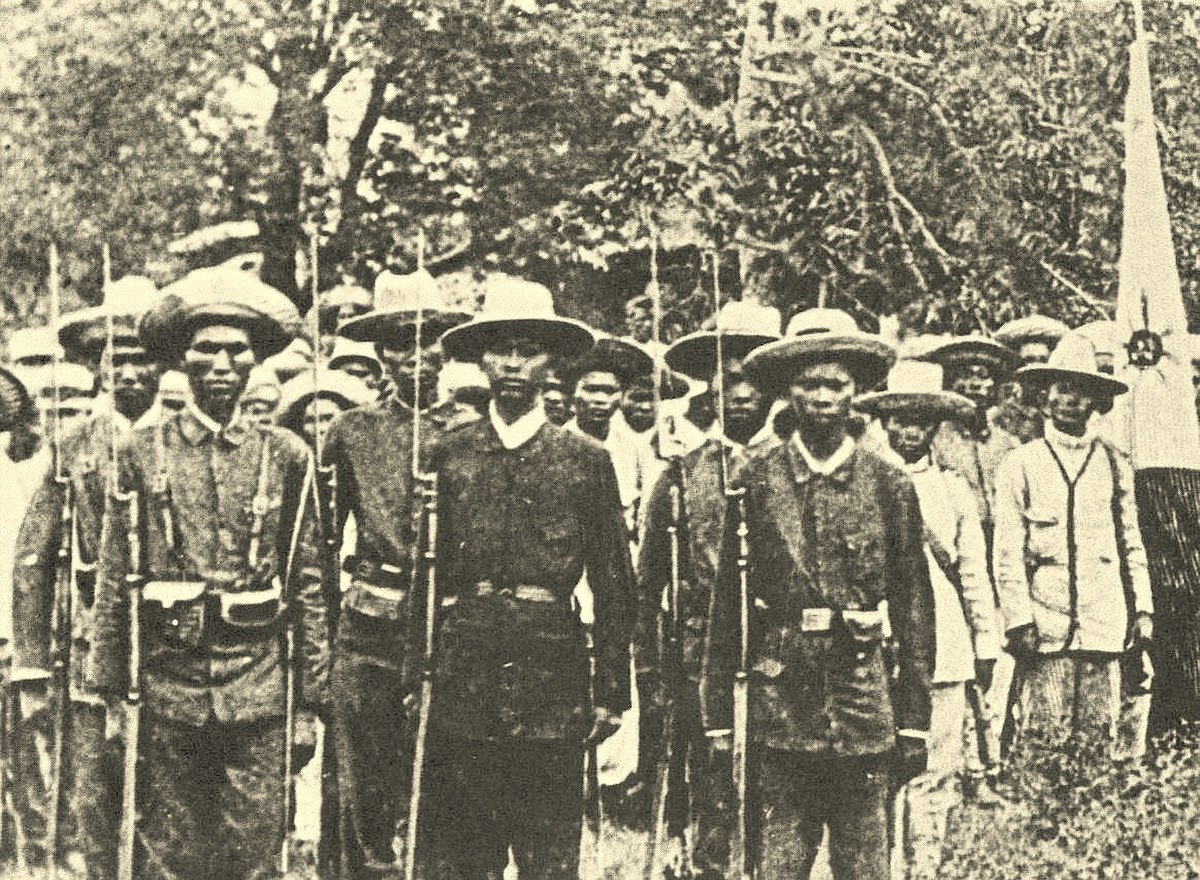
Philippine–American War
PhilippinesThe Philippine–American War, was an armed conflict between the First Philippine Republic and the United States that lasted from February 4, 1899, to July 2, 1902. The conflict arose in 1898 when the United States, rather than acknowledging the Philippines' declaration of independence, annexed the Philippines under the Treaty of Paris it concluded with Spain to end the Spanish–American War. The war can be seen as a continuation of the modern Philippine struggle for independence that began in 1896 with the Philippine Revolution against Spain and ended in 1946 with the United States ceding sovereignty.
Fighting erupted between forces of the United States and those of the Philippine Republic on February 4, 1899, in what became known as the 1899 Battle of Manila. On June 2, 1899, the First Philippine Republic officially declared war against the United States. The Philippine President Emilio Aguinaldo was captured on March 23, 1901, and the war was officially declared ended by the American government on July 2, 1902, with a victory for the United States. However, some Philippine groups—some led by veterans of the Katipunan, a Philippine revolutionary society that had launched the revolution against Spain—continued to battle the American forces for several more years. Among those leaders was Macario Sakay, a veteran Katipunan member who established (or re-established) the Tagalog Republic in 1902 along Katipunan lines in contrast to Aguinaldo's Republic, with himself as president. Other groups, including the Muslim Moro peoples of the southern Philippines and quasi-Catholic Pulahan religious movements, continued hostilities in remote areas. The resistance in the Moro-dominated provinces in the south, called the Moro Rebellion by the Americans, ended with their final defeat at the Battle of Bud Bagsak on June 15, 1913.
The war resulted in at least 200,000 Filipino civilian deaths, mostly due to famine and disease. Some estimates for total civilian dead reach up to a million. Some estimates for total civilian dead reach up to a million. Atrocities and war crimes were committed during the conflict, including torture, mutilation, and executions. In retaliation for Filipino guerrilla warfare tactics, the U.S. carried out reprisals and scorched earth campaigns, and forcibly relocated many civilians to concentration camps, where thousands died. The war and subsequent occupation by the U.S. changed the culture of the islands, leading to the rise of Protestantism and disestablishment of the Catholic Church and the introduction of English to the islands as the primary language of government, education, business, and industry.
